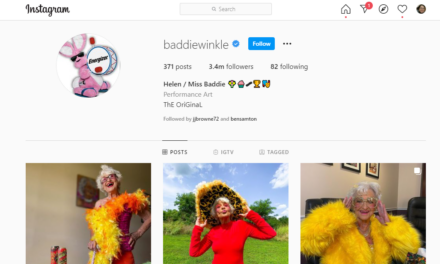In the good old days, web content management (WCM) technology primarily served to deliver content to a website-hence the name. At best, “multichannel” referred to the ability to deliver content to more than one type of website (e.g., an intranet and a public-facing website) or, the ability to repurpose experiences using a simplified template to make it palatable on mobile devices. Multichannel means a lot more now.
Of course, things have changed drastically. In a multichannel world, you have to address mobile devices of varying sizes and capabilities, as well as consider watches, bands, glasses, and interfaces still to come-not to mention a plethora of distribution arteries. You’ll find variability within each category too. For example, some of the capabilities that may impact the type of content that can be delivered are whether or not the device is touchscreen or keyboard-based or has GPS capabilities.
Do You Still Need WCM?
So if your digital engagement happens through all these devices and not just a website, do you still need WCM? Based on what clients tell Real Story Group, the answer is a big “Yes.” Your WCM system will still be the place where your editors and marketers craft content and experiences for people in mobile environments. In fact, if you are publishing content to a website and sending some snippets to, say, a watch, you could consider WCM as a single repository instead of duplicating your content for each target environment.
Also, recognize that for targeting such multichannel use cases, you will almost certainly need more than a WCM platform. You’ll likely need specialized mobile delivery tools with capabilities such as mobile middleware, notifications, and device adaptation in order to be able to service those devices. You will probably want to use these mobile middleware tools in conjunction with your WCM platform, which will serve as a digital content repository.
What Should You Look for in a WCM Platform?
You will need to assess the preparedness of your WCM systems to deliver via the mobile channel and evaluate an adaptation to both platform and process. Most WCM vendors will tell you that they support multichannel delivery. However, similar to all other features, what you think a platform can do and what it actually does can be two very different things.
The extent to which content-technology vendors support multichannel delivery varies substantially in both form and depth. You need to be cognizant of several key issues when selecting a product and creating a site for delivering content to non-PC-based devices.
The extent to which content technology vendors support multichannel delivery varies substantially in both form and depth.
When considering using a WCM system to deliver information in a multichannel scenario (via middleware tools or otherwise), two very important aspects emerge:
1. The capability to create, store, and manage content in a device-agnostic way-You should be able to create content without regard to the target device types. This means that the WCM system should support a strong separation of content from presentation so you can adapt content at the time of presentation. In addition, the WCM system should have an above-average API for remote access to WCM content and services. It should also allow you to integrate with the middleware tools of your choice.
2. The WCM system should be aware of the capabilities and limitations of specific wearable devices-Your WCM system should be able to take appropriate steps to mitigate limitations and take advantage of device-specific capabilities. An obvious example of this would be the screen size of the wearable or the availability of specific sensors on those devices.
At first glance, these two requirements seem contradictory. The first one says the WCM system should be device-agnostic; the second one says it should be aware of device capabilities. However, both of these are necessary if you want your WCM system to deliver content in a truly multichannel fashion.
Aside from what’s been previously mentioned, you’ll want to look closely at a key set of capabilities in any WCM tool. At the very minimum, you should look for the following:
- The ability to publish in a decoupled mode. You may need to push raw content out to mobile devices and not HTML streams.
- Availability of APIs that can easily publish to external applications, including native and hybrid apps
- The ability to preview content on mobile devices. Content creators should be able to preview content as it would appear on mobile devices. And this preview should not be limited to two or three broad, generic categories (e.g., phone or tablet); there should be facility to preview across a wide range of specific devices and, potentially, apps too.
- Special workflows targeted at mobile delivery
- The ability to decompose and target content and experiences for different devices without duplicating effort
- The ability to adapt content, digital assets (audio and video), presentation, and other aspects based on the capabilities and limitations of target devices
WCM tools can be used in conjunction with other specialist tools for managing content and delivering it to different channels, including non-PC devices such as wearables and mobile phones. In fact, most vendors will tell you they support mobile devices. You should carefully vet those claims and, in particular, look for at least the features mentioned in this article.
)Image courtesy of Shutterstock.)






